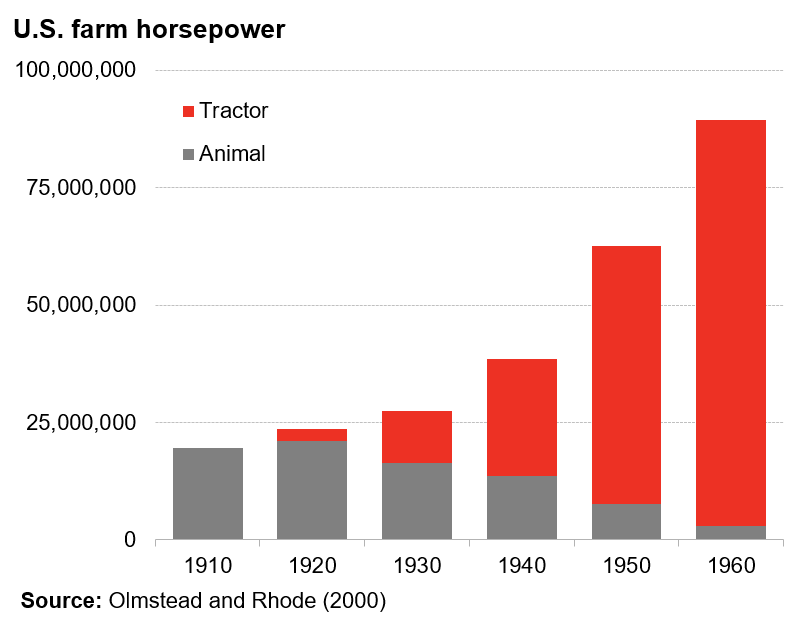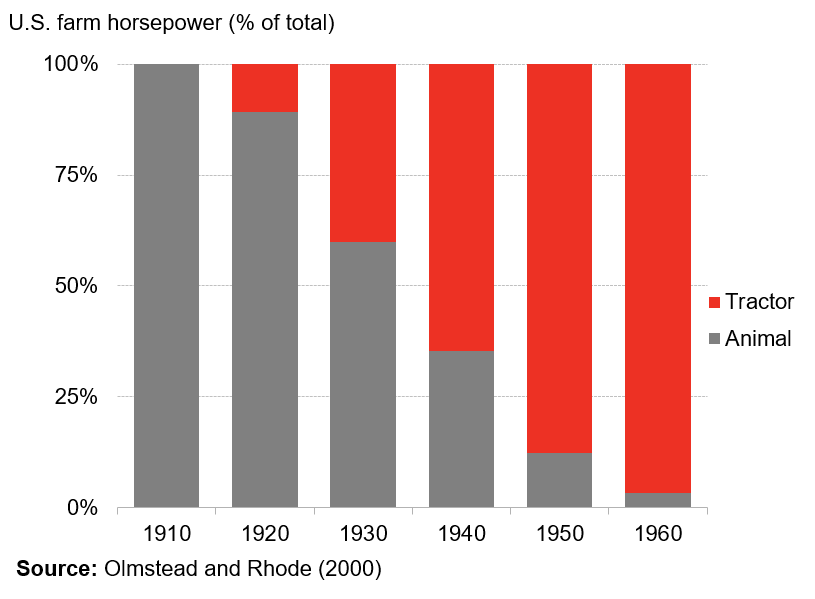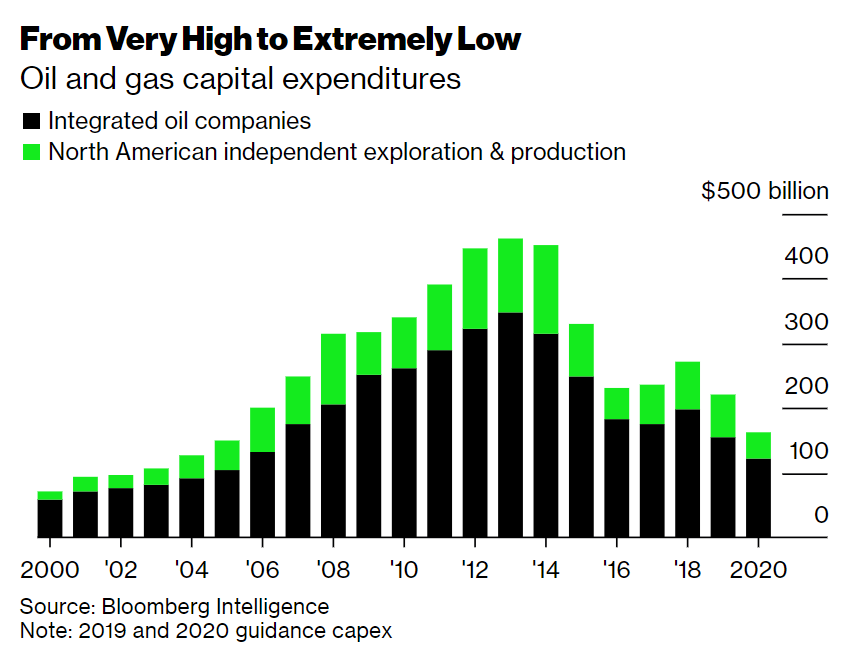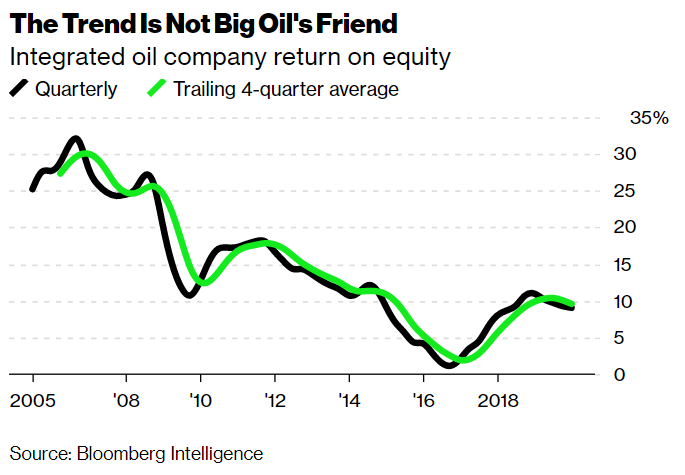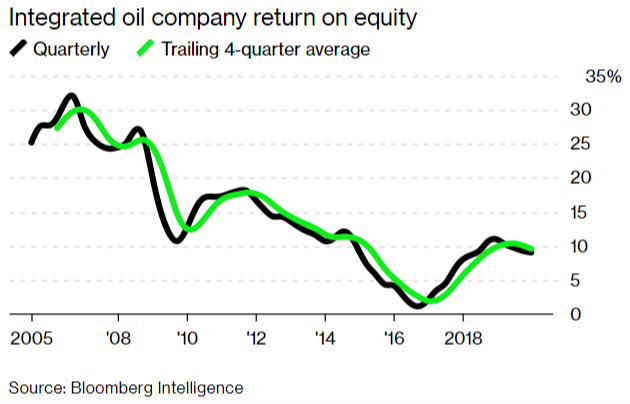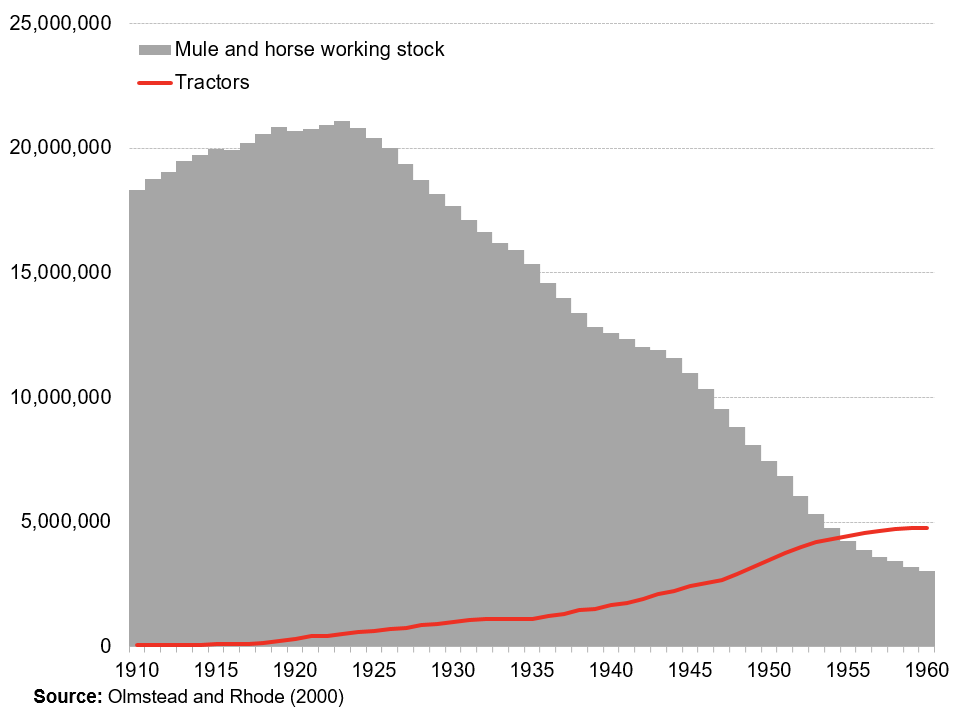
Replaced about 23 million draft animals, and expanded the draft-power on farms more than four-fold.
nber.org/papers/w7947.p…
Increased the effective cropland base by 79 million acres. This represented an increase of about 30%and was equal to 2/3 of the total cropland harvested in 1920 in the territory of the area of the Louisiana Purchase.
nber.org/papers/w7947.p…
Increased the effective area of pastureland by about 80 million acres. This land was largely converted from feeding horses and mules to providing food and fiber for human consumption.
nber.org/papers/w7947.p…
Was one of the great labor-saving innovations of the twentieth century. Relative to the horse technology that it replaced, in 1960 the tractor reduced labor requirements by about 1.7 million workers.
nber.org/papers/w7947.p…
reduced farm labor equivalent to 25% of farm employment in 1960 and 28% of
the decline in farm employment between 1910 and 1960.
nber.org/papers/w7947.p…
Accounted for about 37% of the growth in farm size between 1910 and 1960. The average American farm in 1960 was 58 acres larger than it would have been without the diffusion of tractors.
nber.org/papers/w7947.p…
Accounted for the disappearance of at least 967k farms by 1960.
nber.org/papers/w7947.p…
1/ Total farm horsepower increased 5x over five decades; animal horsepower peaked in the 1920s.
2/ Mechanical horsepower was 50%+ of all farm horsepower by 1940.
nber.org/papers/w7947
